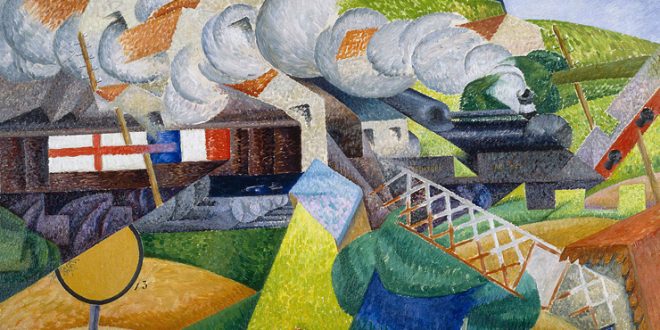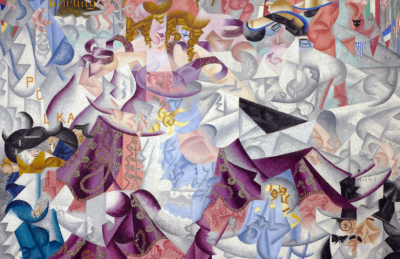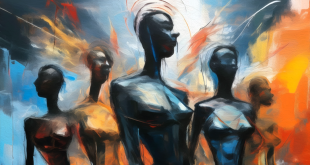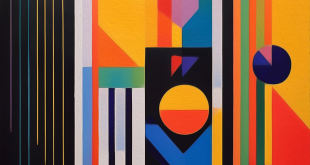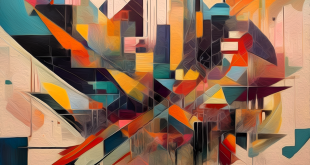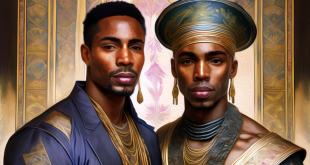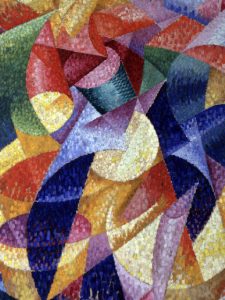 Where space and time merge into lights and colors
Where space and time merge into lights and colors
Here in Cortona https://www.discovertuscany.com/it/cortona/info-utili.html, the Etruscan civilization left many traces, before conquered by the Romans. The origins of its Etruscan Academy Museum date back to 1727. Between history and legend, bloody battles, art and religion, these hills contain a fantastic stop in southern Tuscany. Do not forget to take the path that leads to the Fortress of Girifalco, an impressive trapezoidal structure that has defied time, to show you its beauty. In this ancient land, suspended between present and past, an Italian painter has been able to blend styles, lights and colors.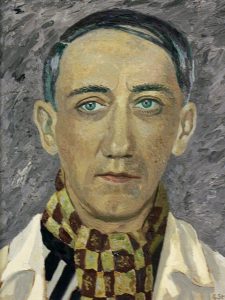
Cabaret goer, he represented the Parisian night world made of lights and dances in masterpieces. Born in Cortona on an April 1883 day, he arrived in Rome at the age of eighteen, knowing the style of divisionist painting, and then studied in Paris, where he was in contact with Picasso, Gris and Apollinaire. In 1909, Gino Severini https://www.cortonamia.com/en/gino-severini/ had been among the signatories of the Futurist Manifesto. In 1912, the Italian painters Boccioni and Carrà joined him in Paris, organized the first exhibition of the futurists. 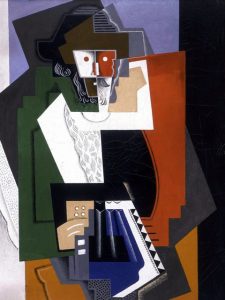
To study the French painting of the Impressionists and the post-Impressionists, he met the exponents of the artistic avant-garde of Paris, including Signac, Modigliani and Max Jacob. In the key of abstract decorativism, after the Second World War, Gino Severini https://dueminutidiarte.com/2019/07/21/gino-severini-breve-biografia-e-opere-principali-in-10-punti/ returned creatively to the subjects of his futurist period, adhering on the theme of work to the project of the Verzocchi collection with the work Symbols of work, currently preserved in the Pinacoteca Civica di Forlì. Following a religious crisis, he dedicated himself to sacred art in large frescoes and mosaics.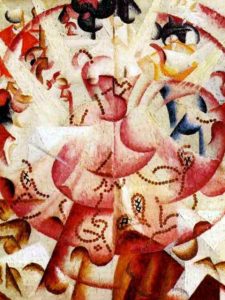
In 1913, his first personal exhibition was set up in London, and then presented in Berlin. He had shared the Roman studio with his son-in-law in Via Margutta. That space has become the seat of their archive, including photographs and personal objects kept by the heirs. He has been able to combine constructive rigor and fantasy with art, reaching maximum expression with the values of futurism and cubism. After moving to Paris, where he had a mosaic chair, Gino Severini https://cortonamaec.org/it/le-opere/ died in his home on a day in February 1966. His remains were moved to Cortona, his hometown.
Later in his career, he created decorative panels, frescoes, and mosaics, becaming involved in set and costume design for the theatre. In 1921, Carlo Severini https://www.amazon.com/gp/product/0691044198/ref=dbs_a_def_rwt_bibl_vppi_i0 published a book, From Cubism to Classicism, in which he discussed his theories about the rules of composition and proportion. His autobiography The Life of a Painter, was published in 1946.
To broaden your horizon of knowledge about other painters, you can type http://meetingbenches.com/category/paintings/. The sole purpose of this site is to spread the knowledge of these artists and that other people enjoy their works. The property of the images that appear in this blog correspond to their authors.
 Meeting Benches World art in all forms
Meeting Benches World art in all forms
